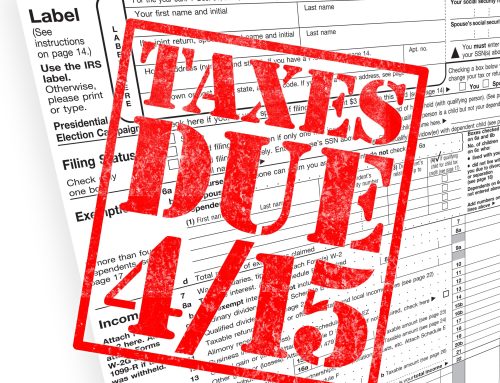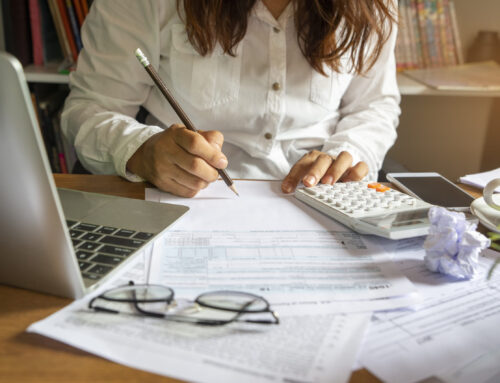The U.S. Small Business Administration (SBA) has never faced a challenge like the COVID-19 outbreak, but they’re stepping up to help small business owners who are suffering financially during these uncertain times.
The SBA’s mission is “to maintain and strengthen the nation’s economy by enabling the establishment and viability of small businesses and by assisting in the economic recovery of communities after disasters.” While most disaster loans the SBA has made in its history went to individuals for homes damaged by natural disasters (weather incidents), the coronavirus pandemic certainly qualifies as a disaster as well.
Here’s the official guidance on the program:
“The U.S. Small Business Administration is offering designated states and territories low-interest federal disaster loans for working capital to small businesses suffering substantial economic injury as a result of the Coronavirus (COVID-19). Upon a request received from a state’s or territory’s Governor, SBA will issue under its own authority, as provided by the Coronavirus Preparedness and Response Supplemental Appropriations Act that was recently signed by the President, an Economic Injury Disaster Loan declaration.”
Any Economic Injury Disaster Loan assistance declaration issued by the SBA will make loans “available statewide to small businesses and private, non-profit organizations to help alleviate economic injury caused by the Coronavirus (COVID-19).” The loans offer up to $2 million in assistance and can help small businesses to overcome the temporary revenue losses they may be experiencing.
A current list of areas eligible for SBA disaster loans can be viewed here.
Wondering what the loans can be used for? Here’s a few qualifying costs:
- Fixed debts
- Payroll
- Accounts payable
- Other bills that can’t be paid as a result of the disaster’s impact
For small businesses, the interest rate will be 3.75%. The interest rate for non-profits is 2.75%.
Terms for these loans will be determined on a case-by-case basis, depending upon the borrower’s repayment ability. SBA does offer loans with long-term repayment options up to a maximum of 30 years in order to help keep borrowers’ payments affordable.
In addition, Congress is finalizing plans for a loan forgiveness program, which will provide businesses with additional payroll, sick time and family leave financial assistance. Watch our blog for more details.
These SBA Economic Injury Disaster Loans make up one piece of the federal government’s economic response to the crisis, and more details will be forthcoming as time goes on. Our practice is committed to helping you navigate the uncharted waters currently being faced by the business community during the COVID-19 outbreak.







